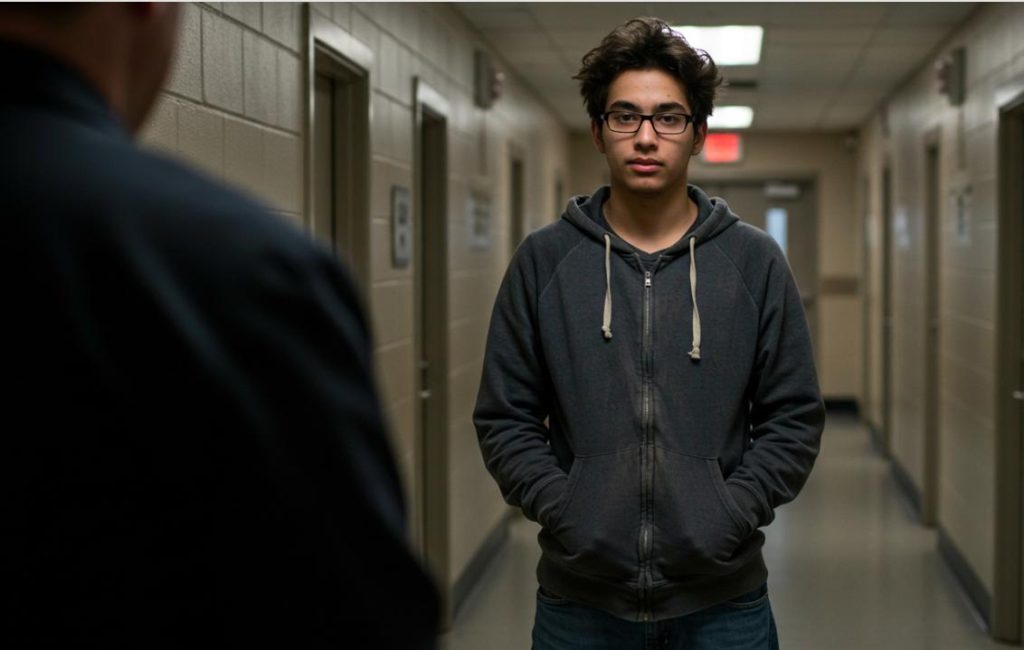Bail policies significantly influence how individuals rejoin communities, affecting both people and urban life. Grasping these ideas helps create environments that support social fairness and long-term sustainability.
The Fundamentals of Bail Policies
Bail policies are designed to determine the conditions under which a person accused of a crime can secure release from custody before their trial. These policies significantly affect many aspects of urban life, particularly for marginalized communities. The complexities surrounding bail can lead to disproportionate outcomes, often exacerbating existing inequalities and creating barriers to reintegration.
The Role of Bail in Urban Contexts
Bail serves as a double-edged sword. On one side, it allows individuals to maintain their jobs, family ties, and community connections while awaiting trial. Conversely, restrictive bail conditions can lead to heightened financial strain and marginalization. Those unable to meet bail amounts may find themselves trapped in a cycle of incarceration, which stifles their ability to participate meaningfully in their communities.
Urban areas often house the most affected populations, where these challenges amplify the barriers to reentry. For those navigating post-incarceration life, the implications of bail policies are paramount, illustrating how systemic issues can affect sustainable urban development.
Resilience in Urban Environments
Resilience in urban contexts can be understood as the capacity of a community to adapt to challenges, including economic shifts, social injustices, and environmental factors. This quality becomes vital in the wake of criminal justice processes that deter successful reentry. Communities that invest in resilience strategies not only support individuals’ reintegration but also pave the way for sustainable growth.
Building a Resilient Community through Reentry Programs
Effective reentry programs offer critical support for individuals transitioning out of the justice system. These initiatives can range from offering job training to providing mental health resources. When designed thoughtfully, they promote social cohesion and reduce recidivism rates, benefitting both participants and the broader community. For instance, programs that include mentorship and life skills training help individuals successfully reintegrate into society, cultivating environments where everyone can thrive.
Moreover, community-based initiatives, combined with supportive bail policies, contribute to creating a more resilient urban fabric. Fostering connections between individuals and their communities is essential to formulating urban policies that reflect the interests of all stakeholders.

Challenges Posed by Current Bail Frameworks
The traditional bail system is wrought with issues that often hinder sustainability efforts. The financial burden imposed by bail can lead to a cascading series of problems—from job loss to housing instability—ultimately resulting in diminished community resilience. This scenario places increased pressure on urban infrastructures and social services.
Reassessment of Bail Policies for Better Outcomes
Urban policymakers must reevaluate current bail systems to address these inequities and enhance community support. Innovations such as risk assessment tools and non-monetary conditions for release are efforts toward a more equitable justice paradigm. By minimizing the economic cost of bail, cities can facilitate smoother transitions back into society, enabling stronger community ties and cooperative efforts toward sustainable development.
Engaging stakeholders, such as community organizations, law enforcement, and local government, is vital to achieving this transformation. Their collaborative efforts can lead to more responsive and effective policies that prioritize social justice and long-term community resilience.
Understanding the Link Between Reentry and Urban Sustainability
To grasp the significance of integrating reentry strategies into urban planning, it is crucial to highlight the synergy between these pursuits. Urban areas thriving on sustainable development need to account for those affected by the justice system. While stringent bail practices might provide perceived safety, the hidden costs to community health and sustainability are considerable.
Creating Pathways for Reintegration
Facilitating successful reentry can contribute towards not only individual well-being, but also overall urban vitality. Positive reintegration reduces the burden on public resources, enhances community participation, and fosters economic stability. Urban planners and policymakers must prioritize initiatives that allow for job creation, affordable housing, and access to trauma-informed resources. Addressing these needs also serves to challenge prevailing inequalities and supports the broader goals of sustainable development.
| Reentry Program Components | Impact on Community |
|---|---|
| Job Training | Enhances Economic Stability |
| Mental Health Support | Increases Overall Well-being |
| Family Counseling | Strengthens Community Ties |
| Financial Literacy | Promotes Financial Independence |
Incorporating these elements into the fabric of urban planning fosters a comprehensive approach to addressing systemic inequities and promoting resilience. By creating supportive environments, communities can nurture growth supported by sustainable practices.
In summary, reevaluating bail policies is vital for sustainable urban development. Supporting juvenile reentry through fair bail access reduces recidivism, and strengthens families and communities. When young individuals are given the chance to return home quickly and access support, the entire urban fabric benefits.
If your loved one is facing a juvenile charge, The Better Bail Inc. is here to help. With compassionate service and fast response, their team ensures your child can return home and begin a path toward resilience.
https://www.youtube.com/watch?v=29NzJNdtS5M
